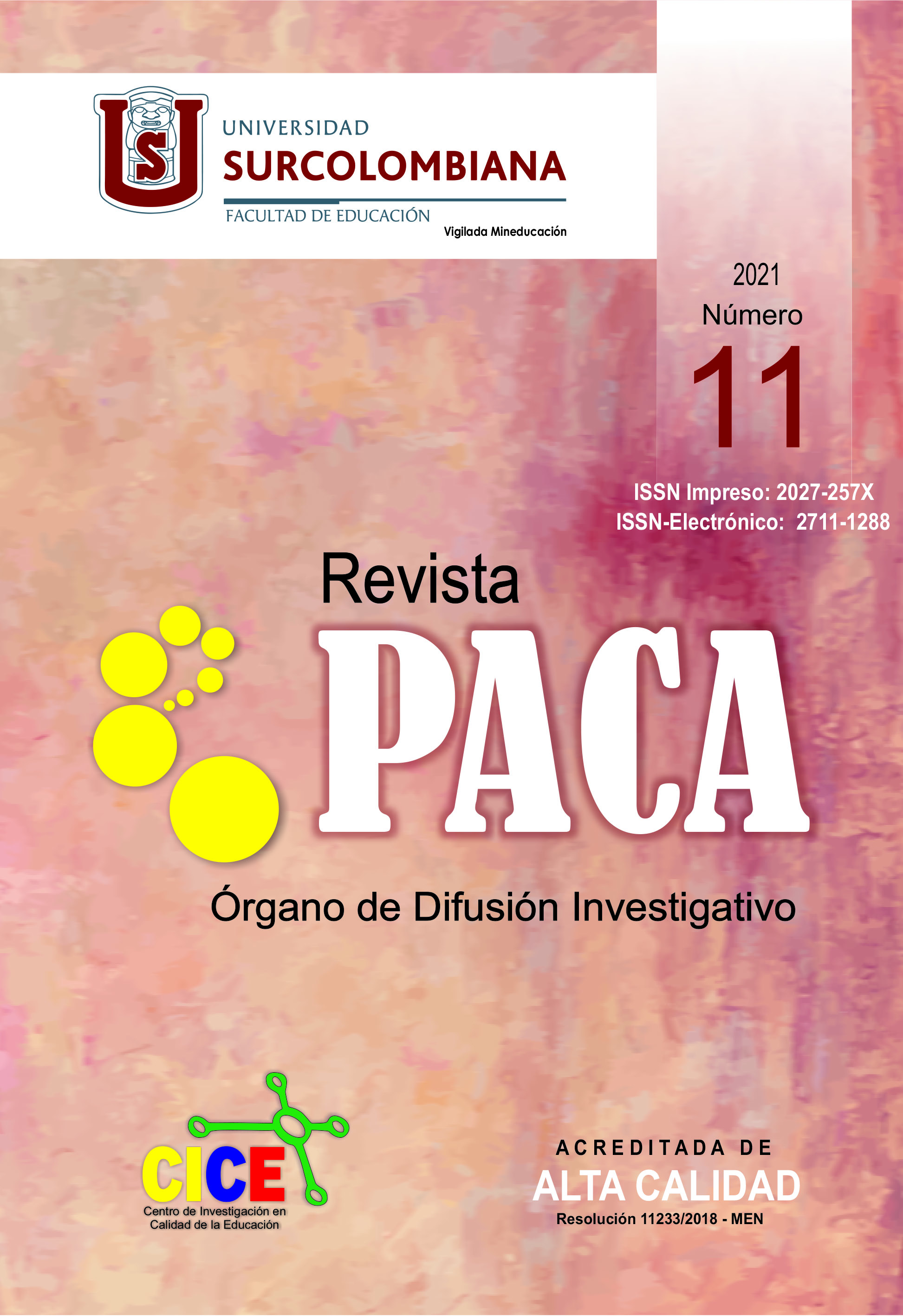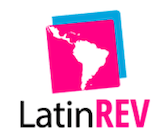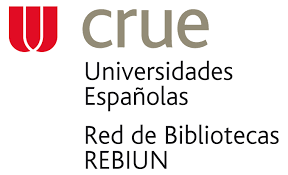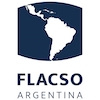La biodiversidad como referente para promover la conservación de los ecosistemas colombianos
##plugins.themes.bootstrap3.article.main##
La biodiversidad, más que un concepto, puede entenderse como la suma de distintos componentes que no solo se limitan al número de especies en un sitio determinado, sino que también deben considerarse las condiciones imperantes en ese sitio, así como las variaciones que hacen parte de la dinámica natural, tanto del componente biótico como abiótico en distintas escalas de tiempo y espacio. Considerando lo anterior y, a pesar de la gran importancia que representa la biodiversidad para el bienestar de la humanidad, la tendencia actual redunda en un avance acelerado y descontrolado de la pérdida de biodiversidad en todos los ecosistemas del planeta. Esta problemática, evidentemente, es el resultado de la sinergia de múltiples factores que en conjunto conducen a un panorama poco alentador. En este documento se pretende reforzar el concepto y las teorías que dieron origen a la gran biodiversidad actual, el estado de conocimiento de la biodiversidad de Colombia y, además, abordar los factores que influyen en la pérdida de biodiversidad, todo esto con el fin de considerar la educación ambiental como una herramienta poderosa para contrarrestar los efectos negativos del actual comportamiento de los seres humanos.
Descargas
##plugins.themes.bootstrap3.article.details##
Arbeláez-Cortés, E. 2013. Knowledge of Colombian biodiversity: published and indexed. Biodiversity and Conservation, 22(12), pp. 2875-2906.
Aguilera, M., & Silva, J. F. (1997). Especies y biodiversidad. Interciencia, 22(6), pp. 299-306.
Andrade, M. G. (2011). Estado del conocimiento de la biodiversidad en Colombia y sus amenazas. Consideraciones para fortalecer la interacción ciencia-política. Revista de la Academia Colombiana de Ciencias Exactas, Físicas y Naturales, 35(137), pp. 491-508.
Bashir, I., Lone, F. A., Bhat, R. A., Mir, S. A., Dar, Z. A., & Dar, S. A. (2020). Concerns and threats of contamination on aquatic ecosystems. En: Hakeem, K., Bhat, B., Qadri, H. (Eds.). Bioremediation and Biotechnology (pp. 1-26). Cham: Springer.
Bennett, K.D. (1997). Evolution and ecology. Cambridge: Cambridge University Press.
Cruz-García, G. S., & Peters, P. J. (2015). Conservation of Corals in the Colombian Caribbean. En: Narchi, N., Price, L (Eds.). Ethnobiology of Corals and Coral Reefs (pp. 209-234). Cham: Springer.
Correa, C., Etter, A., Díaz-Timoté, J., Buriticá, S., Ramírez, W., & Corzo, G. (2020). Spatiotemporal evaluation of the human footprint in Colombia: Four decades of anthropic impact in highly biodiverse ecosystems. Ecological Indicators, 117, 106630.
Frawley, T. H., Finkbeiner, E. M., & Crowder, L. B. (2019). Environmental and institutional degradation in the globalized economy. Ecology and Society, 24(1), p. 7.
Gaston, K.J. & Spicer, J. I. (2004). Biodiversity. An Introduction. Oxford: Blackwell Publishing.
González, E. (2002). Educación ambiental para la biodiversidad: reflexiones sobre conceptos y prácticas. Tópicos en Educación Ambiental, 4(11), pp. 76-85.
Halffter, G. (1995). ¿Qué es la biodiversidad?, Butlletí de la Institució Catalana d’Història Natural, 62, pp. 5-14.
Hamilton, A. J. (2005). Species diversity or biodiversity?. Journal of environmental Management, 75(1), pp. 89-92.
Kaennel, M. (1998). Biodiversity: a diversity in definition. En: Bachmann, P., Köhl, M., Päivinen, R (Eds.). Assessment of biodiversity for improved forest planning (pp. 71-81). Dordrecht: Springer
Martínez, R. (2010). La importancia de la educación ambiental ante la problemática actual. Revista Electrónica Educare, 14(1), pp. 97-111.
Mathez-Stiefel, S., Mulanovich, A., Jaquet, S., Bieri, S., Lojas, J., Breu, T., & Messerli, P. (2020). Estableciendo una interfaz ciencia-gestión- sociedad para la conservación de la biodiversidad y el bienestar humano en la Amazonia: el caso de Madre de Dios, Perú. Revista científica de ecología y medio ambiente, 29(1), p. 1882.
McClanahan, B., Parra, T. S., & Brisman, A. (2019). Conflicto, ambiente y transición. Colombia, ecología y turismo después de la desmovilización. Crítica Penal y Poder, (16), pp. 99-120.
Martín-López, B., González, J. A., Díaz, S., Castro, I., & García-Llorente, M. (2007). Biodiversidad y bienestar humano: el papel de la diversidad funcional. Ecosistemas, 16(3), pp. 69-80.
Núñez, I., González-Gaudiano, É., & Barahona, A. (2003). La biodiversidad: historia y contexto de un concepto. Interciencia, 28(7), pp. 387-393.
Naranjo, L. G. (2019). Imaginarios de naturaleza y el futuro de la biodiversidad. Revista de la Academia Colombiana de Ciencias Exactas, Físicas y Naturales, 43(168), pp. 480-488.
Pérez-Mesa, M. (2019). Concepciones de biodiversidad y prácticas de cuidado de la vida desde una perspectiva cultural. Tecné, Episteme y Didaxis: TED, (45), pp. 17-34.
Rangel, J. O. (2005). La biodiversidad de Colombia. Palimpsestvs, (5), pp. 292-304.
Restrepo, J. D., & Alvarado, E. M. (2011). Assessing major environmental issues in the Caribbean and Pacific coasts of Colombia, South America: An overview of fluvial fluxes, coral reef degradation, and mangrove ecosystems impacted by river diversion. En: Wolanski, E. & McLusky, D (eds.). Treatise on Estuarine and Coastal Science (pp. 289-314), Waltham: Academic Press
Rull, V. (2004). Biogeografía histórica de las tierras altas de Guayana y origen. Orsis: organismes i sistemes, 19, pp. 37-48.
Saito, C. H. (2013). Environmental education and biodiversity concern: beyond the ecological literacy. American Journal of Agricultural and Biological Sciences, 8(1), pp. 12-27.
Shukla, P. R., Skea, J., Calvo Buendia, E., Masson-Delmotte, V., Pörtner, H. O., Roberts, D. C., ... & Malley, J. (2019). IPCC, 2019: Climate Change and Land: an IPCC special report on climate change, desertification, land degradation, sustainable land management, food security, and greenhouse gas fluxes in terrestrial ecosystems. Intergovernmental Panel on Climate Chang.
Smith, T. & Smith R. (2015). Elements of Ecology. Pearson Education.
Soler, M. (2002). Evolución. Granada: Proyecto Sur de Ediciones.
Stupino, S., Iermanó, M. J., Gargoloff, N. A., & Bonicatto, M. M. (2014). Agroecología: bases teóricas para el diseño y manejo de agroecosistemas sustentables. Colección libros de cátedra. La Plata, Argentina: Editorial de la Universidad Nacional de La Plata.
Tan, J., Li, A., Lei, G., Bian, J., & Zhang, Z. (2019). A novel and direct ecological risk assessment index for environmental degradation based on response curve approach and remotely sensed data. Ecological Indicators, 98, pp. 783-793.
The International Convention on Biological Diversity, 2003. Convention on Biological Diversity: Article 2: Use of Terms. [En línea]: http://www.biodiv.org/ convention/
Van Weelie, D., & Wals, A. (2002). Making biodiversity meaningful through environmental education. International Journal of science education, 24(11), pp. 1143-1156.
Vergara-Buitrago, P. A. (2020). Estrategias implementadas por el Sistema Nacional de Áreas Protegidas de Colombia para conservar los páramos. Revista de Ciencias Ambientales, 54(1), pp. 167-176.
Yilmaz, M., & Terzi, F. (2019, February). The Effects of Urban Spatial Development on Coastal Ecosystems: The Case of Mersin, Turkey. In IOP Conference Series: Materials Science and Engineering (Vol. 471, No. 10, p. 102026). IOP Publishing.
Zuluaga-Zuluaga, L., & Castro-Escobar, E. S. (2018). Valoración de servicios ambientales por captura de CO2 en un ecosistema de bosque seco tropical en el municipio de El Carmen de Bolívar, Colombia. Revista Luna Azul, (47), pp. 1-20.































